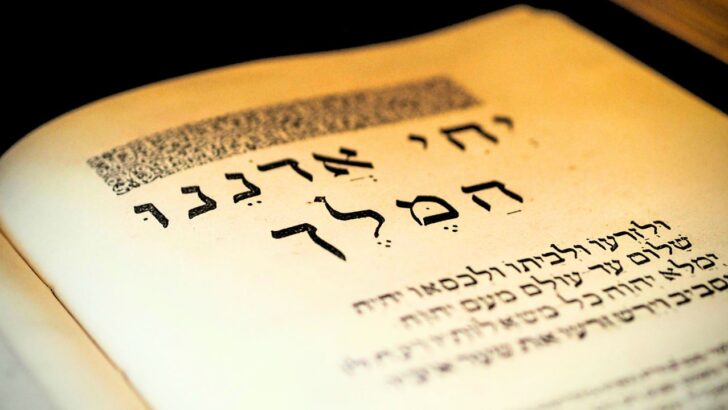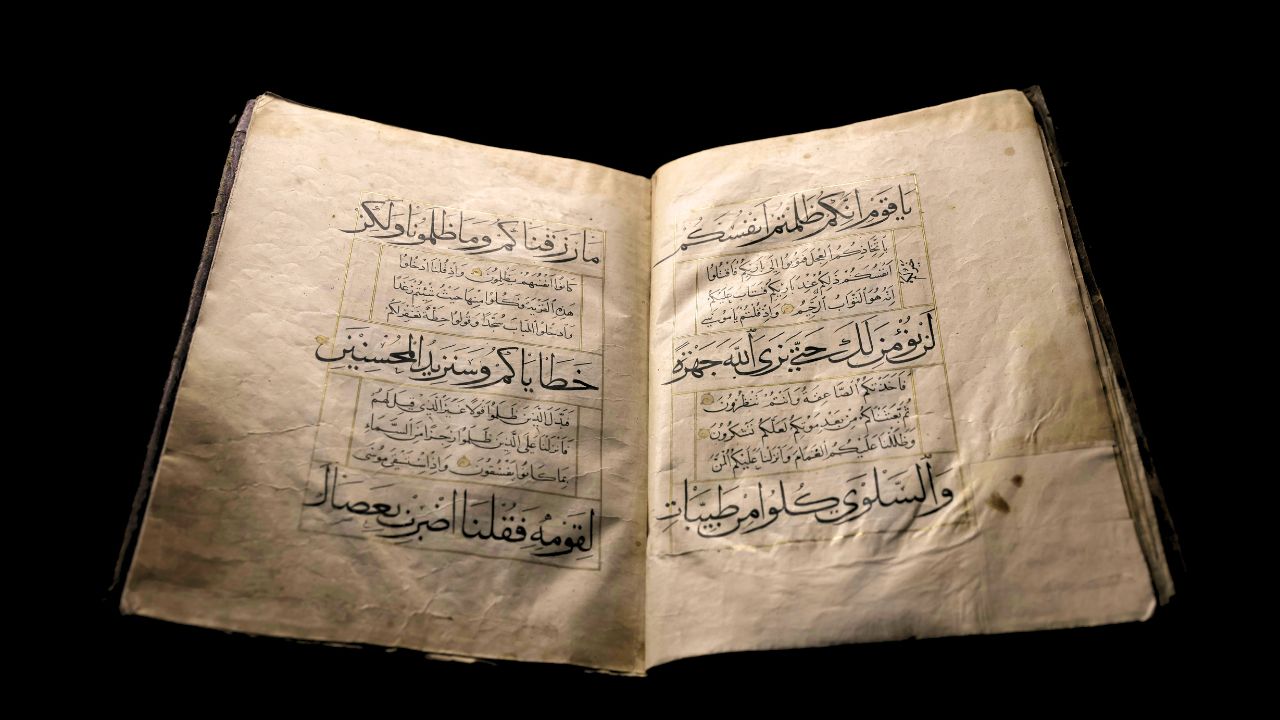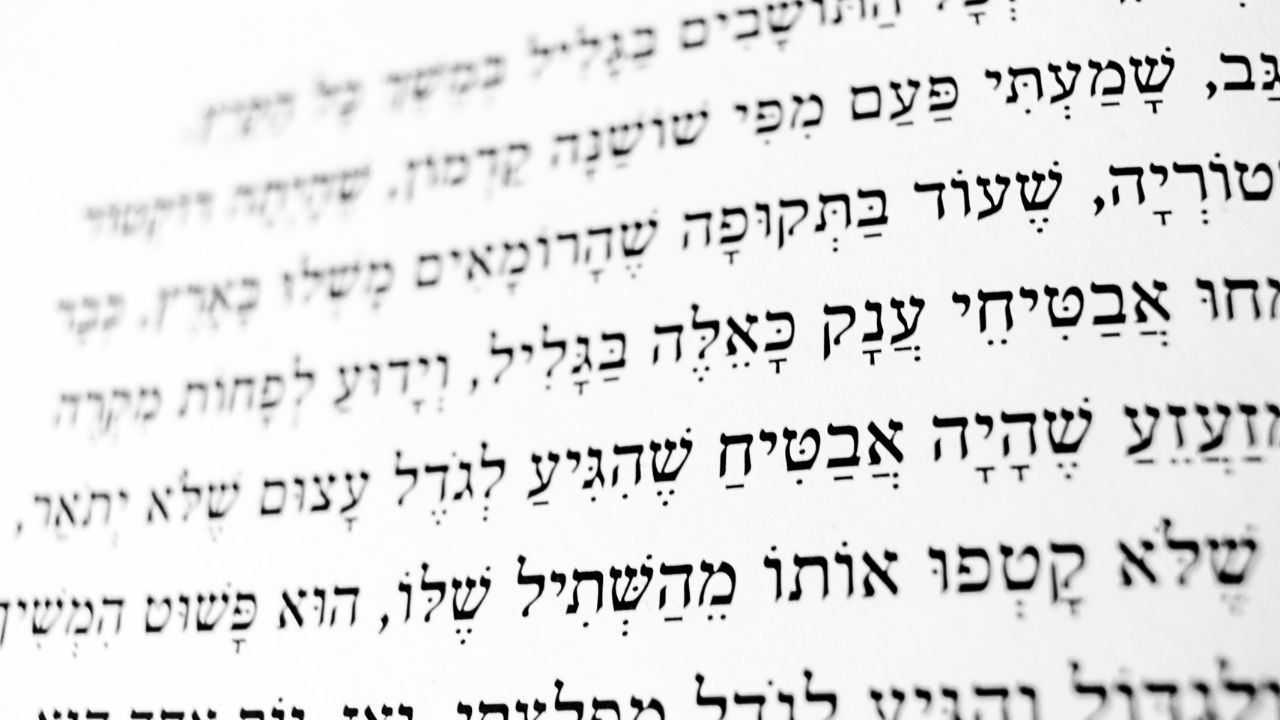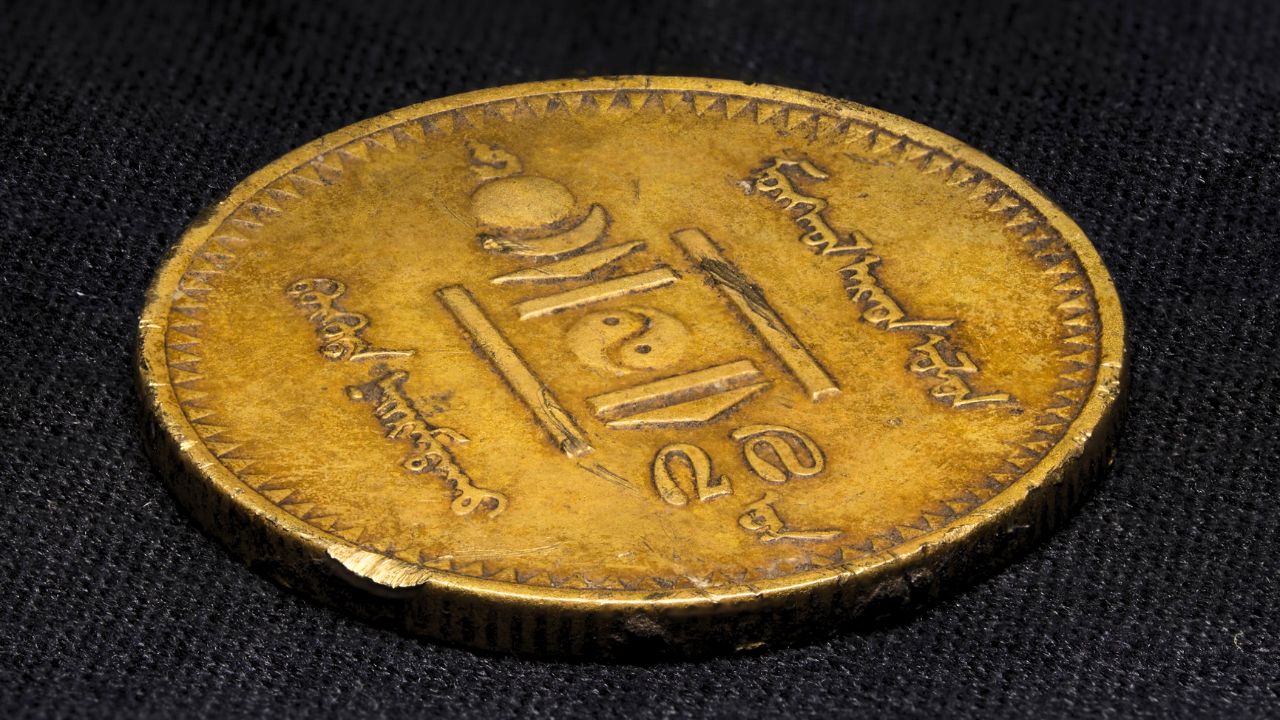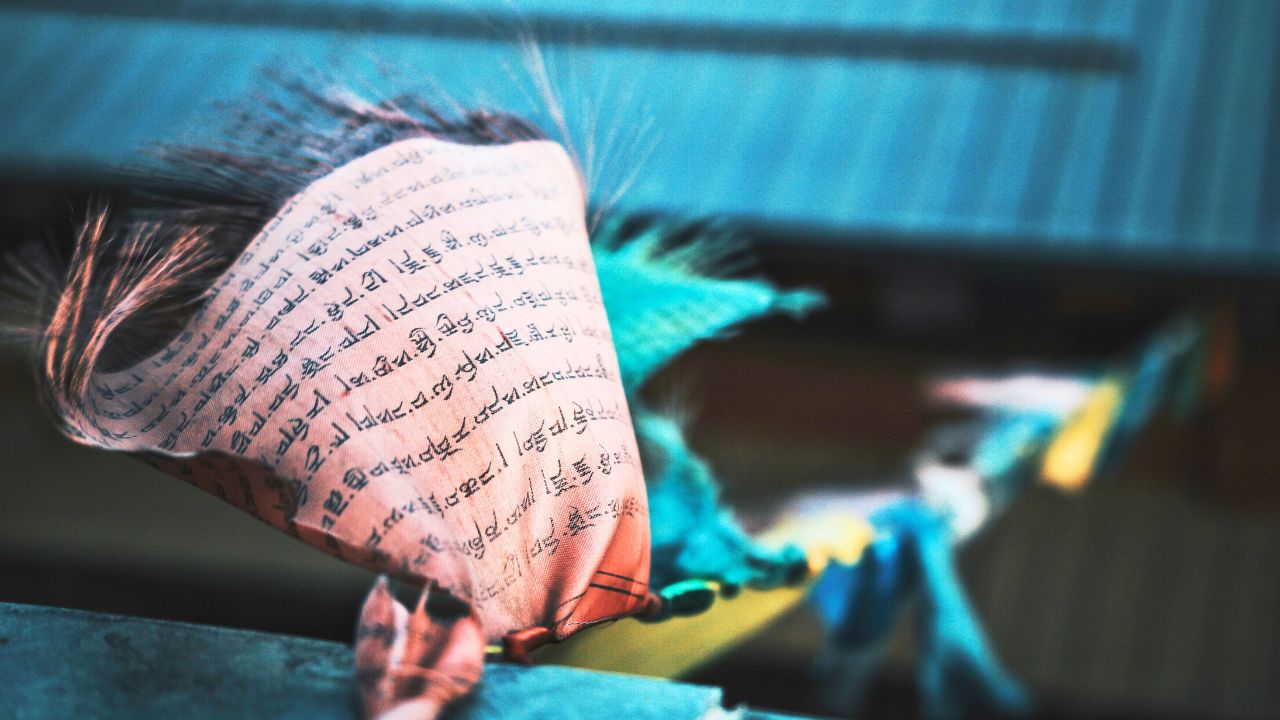Language is full of surprises. Did you know that not all writing goes left to right? Around the world, different languages have developed unique and fascinating ways of putting pen to paper. Some write in flowing cursive from right to left, while others carve out words vertically or even alternate directions with each line.
These writing systems are not just functional; they reflect rich histories and cultural identities. Get ready to discover the world’s most unusual writing directions. This journey will change the way you think about language forever.
1. Arabic
Arabic is a language of flowing beauty and deep history. It’s written from right to left, creating a mesmerizing, cursive script that connects most letters. Each word looks like an intricate piece of art, a testament to the elegance and fluidity of the language. This right-to-left direction isn’t just for aesthetics; it has practical roots in ancient writing tools, helping to preserve ink on parchment in the hot, dry climates where Arabic evolved. Today, Arabic script is used in many languages, including Persian and Urdu, spreading its elegant charm far and wide. Beyond its visual appeal, Arabic script is crucial for religious, cultural, and everyday communication in the Arab world.
2. Hebrew
Hebrew is a language steeped in history and tradition. Like Arabic, it’s written from right to left, a feature that dates back over 3,000 years. Each letter in the Hebrew alphabet carries deep cultural and religious significance, forming a vital part of Jewish heritage. The right-to-left direction adds a rhythmic flow to reading, making ancient texts feel almost musical. Modern Hebrew, revived in the 19th century, keeps this unique writing direction alive, bridging ancient traditions with contemporary life. Used in Israel today for everything from newspapers to street signs, Hebrew script is a living connection to a rich past.
Mandarin, one of the world’s oldest and most widely spoken languages, has a unique approach to writing. Traditional Chinese text is often written in vertical columns, from top to bottom, and read from right to left. This method is still used in calligraphy, some literature, and formal documents, linking to China’s rich cultural history. The intricate and beautiful characters cascade down the page like a waterfall of meaning, each stroke crafted with precision. Although modern Chinese writing is typically horizontal, the vertical format remains a cherished art form, preserving ancient Chinese culture’s elegance and tradition in a constantly evolving world.
4. Mongolian
Mongolian script stands out with its vertical writing direction. Unlike most vertical scripts, it’s written from top to bottom and left to right. The letters are elongated and flow beautifully down the page, creating a visually striking appearance. This script, used primarily in Inner Mongolia, has a distinctive look that reflects the region’s rich history and cultural heritage. Although Mongolia predominantly uses Cyrillic today, the traditional script remains a vital cultural treasure. It’s celebrated in art, literature, and daily life, symbolizing the resilience and identity of the Mongolian people.
5. Japanese
Japanese writing is versatile and captivating, capable of being written both horizontally and vertically. The traditional vertical style runs from top to bottom and right to left, often seen in literature, newspapers, and formal documents. This format gives the text a classic, elegant feel, reminiscent of ancient scrolls and calligraphy. Horizontal writing, adopted from Western influence, is used for everyday purposes like signage, digital text, and modern publications. This dual approach showcases Japan’s ability to blend tradition with modernity seamlessly, reflecting a culture that honors its past while embracing the future.
6. Tibetan
Tibetan script is visually striking and unique. Written horizontally from left to right, it features letters stacked vertically within each syllable, creating a script that looks almost like columns of text. This distinctive style is used primarily in religious texts and cultural contexts, preserving the spiritual heritage of the Tibetan people. The script’s intricate characters and diacritics give it a distinctive appearance that stands out among world writing systems. It plays a crucial role in maintaining Tibet’s cultural and religious identity, as seen in manuscripts, prayer flags, and monasteries across the region.
7. Boustrophedon
Boustrophedon is an ancient writing style that’s truly unique and fascinating. The name means “as the ox plows,” reflecting how the text alternates direction with each line. One line is written left to right and the next right to left, creating a zigzag pattern. This method was used in early Greek inscriptions and some other ancient scripts, showcasing the creativity and practicality of ancient scribes. Reading boustrophedon text can feel like deciphering a puzzle, offering a glimpse into the innovative ways ancient cultures approached writing. It’s a testament to the diversity and ingenuity of human communication.
8. N’Ko
N’Ko is a script used to write Manding languages in West Africa. It is written from right to left, similar to Arabic and Hebrew. Created in 1949 by Solomana Kante, N’Ko was designed to unify and preserve the languages of the Manding-speaking communities, fostering literacy and cultural pride. The script’s right-to-left direction reflects its historical influences and practical design. Today, N’Ko is used in literature, education, and digital communication, symbolizing a vibrant cultural identity. It has become a tool for promoting unity and heritage among its users, ensuring the Manding languages thrive in the modern world.
9. Thaana
Thaana, the Maldivian language Dhivehi script, is written from right to left. It features a fascinating mix of Arabic and Indian numerals used as letters, giving it a unique and exotic look. Developed in the 18th century, the Thaana script was created to distinguish Maldivian writing from Arabic while still showing Islamic influence. This directionality reflects a blend of cultural influences and practical needs. Today, Thaana remains the standard script in the Maldives, seen on everything from government documents to street signs. It preserves a rich cultural heritage and is a vital part of Maldivian identity.
10. Ogham
Ogham is an ancient Celtic script used primarily for inscriptions. It’s typically written vertically, from bottom to top, with each character consisting of various straight lines and notches carved into stone or wood. This unique vertical script represents different letters arranged along a central line, making the inscriptions look like tall, slender trees. Ogham was used in Ireland and parts of the British Isles during the early medieval period, mainly for carving names and short texts on standing stones. Though no longer in use, Ogham remains a fascinating glimpse into the linguistic past of the Celtic people, preserving a piece of their ancient culture.

Hey fellow Linguaholics! It’s me, Marcel. I am the proud owner of linguaholic.com. Languages have always been my passion and I have studied Linguistics, Computational Linguistics and Sinology at the University of Zurich. It is my utmost pleasure to share with all of you guys what I know about languages and linguistics in general.

